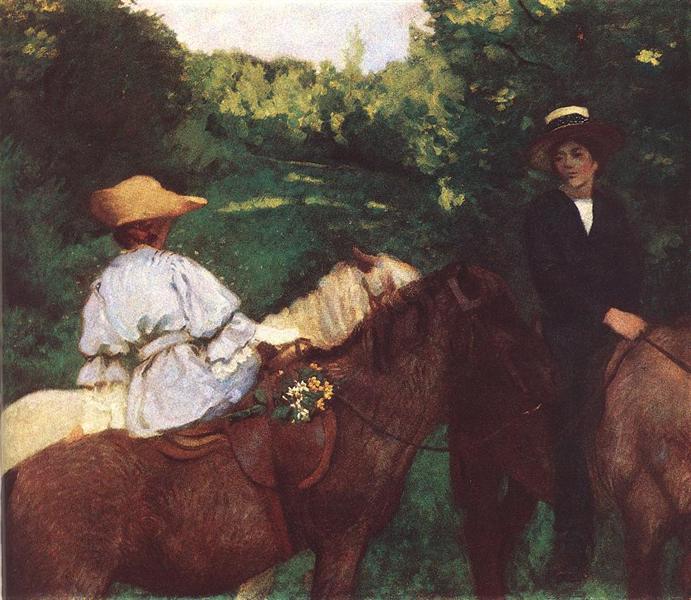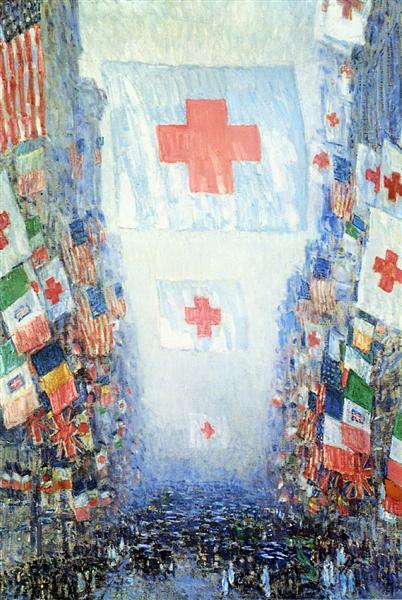Description
James McNeill Whistler, a name that resonates with forcefulness in the chronicle of modern art, is an artist whose work challenges and redefines the canons of his time. "The Golden Custer - 1879" (The Gold Scab - 1879) is a creation that stands out both for its eccentricity and its critical character, revealing a more satirical facet of the artist, which, with its brush, not only produced beauty but Also stee social criticism.
At first glance, the painting presents a scene of considerable complexity and largely disconcerting, dominated by a central figure that could be described as a kind of human hybrid-corner coated with gold. This creature, which is found in a haughty and majestic pose, carries a grotesque mockery expression, amplified by golden tones. Gold, a color that has historically been associated with wealth and opulence, here is transmuted into a symbol of decay and corruption. This symbolic association is not accidental, and Whistler, with its well -known ingenuity, uses this chromatic resource scathing to criticize materialism that permeated certain sectors of the society of its time.
The background of the painting, although largely dark and sober, is thoroughly worked to place the grotesque appears in an environment that highlights its disconnection with any form of authentic nobility or purity. Strokes and details are perceived that evoke an atmosphere of decline, even when the predominant use of golden and ocher tones suggest some splendor. Whistler's ability to handle the color palette, balancing the brightness of gold with the shady tones of the environment, is remarkable and adds a depth that invites the viewer to reflect beyond mere aesthetics.
The reason behind this work is deeply rooted in the artist's personal context. "The golden scab" is not merely an exotic image, but a direct replica to Frederic Richards Leyland, a wealthy shipowner and patrons that had disagreements with Whistler. The central figure is an undeniable parody of Leyland, a kind of cartoon that embodies Whistler's criticism towards his extravagance and the disdain with which he handled artistic relations. The golden scab, then, is an allusion to the false layer of wealth that hides the true nature of the individual.
The technique used in this work reveals Whistler's virtuosity in the management of the brush and its domain in the creation of textures. Each stroke, meticulously placed, contributes to the perception of the golden mass, rich in subtleties and contrasts, while the satirical figure is intentionally highlighted and detailed to emphasize its grotesque presence.
This painting is part of a stage of Whistler's career where the tension between art and social criticism reached one of its highest peaks. Works such as "The Golden Custer" not only invite us to marvel at their technical mastery, but also challenge us to confront underlying social realities. In short, this painting It is a masterful fusion of technique and content, where each brushstroke is impregnated with meaning, each color used with critical intention. Undoubtedly, a work that, although satirical in essence, stands as a testament of ingenuity and the depth of a master of painting like James McNeill Whistler.
KUADROS ©, a famous paint on your wall.
Hand-made oil painting reproductions, with the quality of professional artists and the distinctive seal of KUADROS ©.
Art reproduction service with satisfaction guarantee. If you are not completely satisfied with the replica of your painting, we refund your money 100%.











